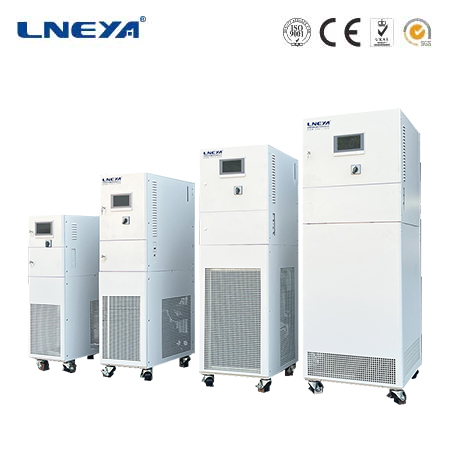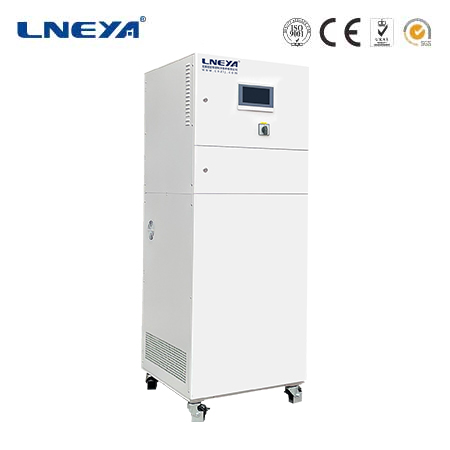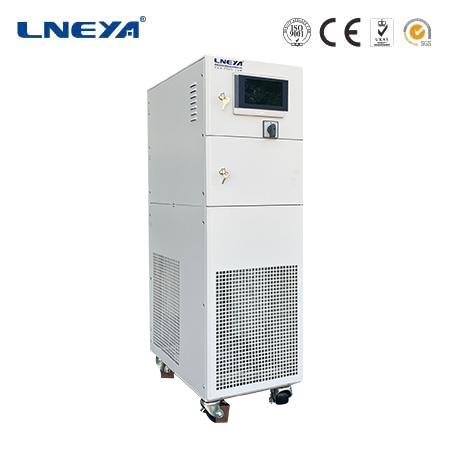compact heater
Compact Heaters: Efficiency, Applications, and Technology
Introduction to Compact Heaters
Compact heaters are essential in applications where space is limited, and efficient heat transfer is required. These heaters come in various types and are used across different industries, from residential to industrial settings. They are designed to provide heat with a small physical footprint, making them ideal for areas with limited space.

Types of Compact Heaters
Compact heaters can be categorized based on their design and heat exchange configurations:
Plate-Fin Heat Exchangers: These consist of alternating layers of flat plates and corrugated fins, ideal for gas-gas or gas-liquid applications due to their high effectiveness.
Tube-Fin Heat Exchangers: Used when one fluid flows inside tubes and another over a stacked set of tubes, common in HVAC systems.
Microchannel Heat Exchangers: Feature small channels within a block material, offering excellent heat transfer capabilities for compact electronic devices and automotive applications.
Spiral Heat Exchangers: Comprised of spiral-wound channels, these exchangers are suitable for viscous fluids or applications susceptible to fouling.

Efficiency and Applications
Compact heaters are known for their high surface area to volume ratio, which allows for efficient heat transfer in a small space. They are used in various applications, including:
Automotive Industry: Used in radiators and air conditioning systems where space is limited, and performance is crucial.
Aerospace and Defense: Integral in managing thermal loads in spacecraft and avionics, ensuring reliability in extreme temperature fluctuations.
Electronics Cooling: Critical for dissipating heat from components within devices like smartphones, laptops, and data centers, maintaining optimal performance.
Industrial Processes: Implemented in processes like steam generation and chemical reactions, providing efficient heat exchange and reducing energy consumption.
Safety Features and Latest Trends

Safety is a paramount consideration in compact heater design. Features such as tip-over protection, overheating protection, and safety plugs are common to prevent accidents and ensure user safety. The latest trends in compact heater technology include energy-efficient models that operate on lower electrical power and smart controls that allow for precise temperature management.
Energy-Efficient Models
Energy-efficient compact heaters are designed to consume less power while providing adequate heat. They typically produce between 500-1500 watts and can significantly reduce energy costs when used correctly. For instance, a 900-watt energy-efficient space heater, if run for 60 minutes per day for a week, would cost approximately $5.00 per month to operate, based on an energy rate of $0.18 per kWh.
Conclusion
Compact heaters offer a space-saving solution for heat transfer in various applications. Their high efficiency, safety features, and energy-saving potential make them an attractive choice in many industries. As technology advances, we can expect to see more energy-efficient and smart compact heaters that integrate seamlessly with smart home systems, further enhancing their convenience and efficiency.
Related recommendations
cooling system with water
433Cooling Systems with Water: Efficient Temperature Regulation for Diverse Applications Water-based cooling systems are essential in many industrial and commercial applications where temperature ...
View detailssmall industrial water chiller
571Small Industrial Water Chillers: Market Trends and Applications Small industrial water chillers are essential in maintaining optimal temperatures in various industrial processes. These chillers...
View detailsWhat happens when the temperature is too high when the air cooled water chiller system exhausts?
1159What happens when the temperature is too high when the air cooled water chiller system exhausts? The exhaust temperature of the compressor in the air-cooled chiller determines whether t...
View details40 ton chiller
554Understanding 40-Ton Chillers A 40-ton chiller is an industrial-scale cooling system capable of removing 40 tons of heat per hour, equivalent to 115,200 BTUs (British Thermal Units) or approxim...
View details
 LNEYA Thermal Test Chillers
LNEYA Thermal Test Chillers






HelloPlease log in